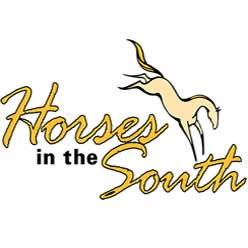2010 Radio Show Episode 87 – Previewing the Final Three Test Events
We take a look at what’s ahead at the Kentucky Horse Horse Park this week with the final test events, and catch up with two of our spotlight athletes: canadian eventer and new mother Jessie Phoenix, (aaah!) and The English Vaulting Squad. Listen in… 2010 Radio Show Episode 87 – Previewing the Final Three Test…
